Strange Ocean Life Uncovered in the Depths of Argentina
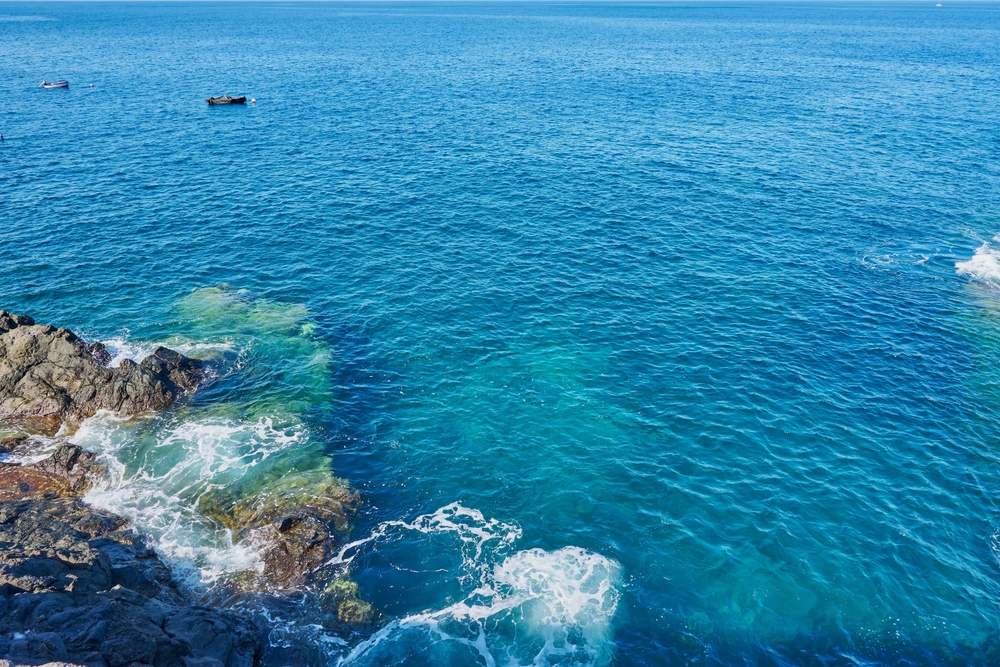
Far beneath the waves of the South Atlantic, where sunlight vanishes and water pressure grows unimaginably intense, a new world has come into view. Scientists exploring Argentina’s Mar del Plata Canyon have discovered more than forty potential new deep-sea species. Among them are glowing squids, pastel pink lobsters, and a crimson sea star that captured the world’s imagination for resembling a cartoon character. What began as a scientific expedition quickly transformed into a viral phenomenon and a profound reminder of how little we know about the oceans that sustain life on Earth.
A Descent Into the Unknown
The Mar del Plata Canyon lies roughly 300 kilometers off the coast of Argentina, plunging more than 3,500 meters beneath the surface. It is one of the largest underwater formations in South America, nearly twice as deep as the Grand Canyon. For years, this trench was regarded as little more than a shadow on marine maps, too deep and too dangerous for meaningful exploration. But in 2023, an international team led by Argentine scientists decided to venture into its depths aboard the Schmidt Ocean Institute’s research vessel Falkor (too).
At the heart of their mission was a sophisticated remotely operated vehicle named SuBastian. Equipped with robotic arms, high-definition cameras, and environmental sensors, SuBastian descended through the pitch-black waters and began transmitting live images from the abyss. What the world saw was breathtaking. The cameras illuminated coral gardens that resembled underwater forests, sponge clusters shaped like sculptures, and drifting organisms so translucent that they seemed carved from light.
For the scientists who watched from the control room, it was like witnessing an alien world hidden on their own planet. For the millions of viewers who tuned in online, it was a front-row seat to history.
A Canyon Shaped by Forces of Nature
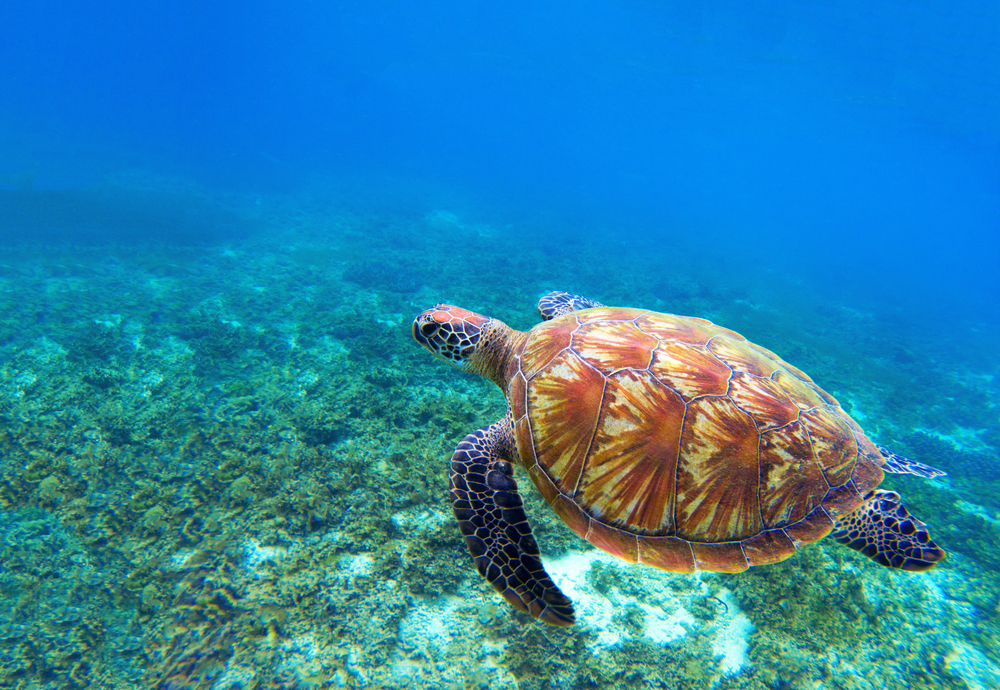
The Mar del Plata Canyon exists at the meeting point of two powerful ocean currents. The warm Brazil Current flows southward, carrying tropical water, while the cold Malvinas Current sweeps up from Antarctica. Where these two collide, they create a swirling exchange of nutrients that feed an extraordinary array of life. The canyon’s steep walls and deep basins act as traps for organic matter, forming a natural buffet for corals, crustaceans, and filter feeders.
Marine biologists have long suspected that such canyons harbor unique ecosystems, but direct evidence was limited. Earlier expeditions in 2012 and 2013 relied on trawling nets that captured only fragments of the life below, damaging fragile habitats in the process. This time, technology allowed scientists to observe the deep sea without destroying it. The result was not only the discovery of dozens of new species but also the revelation of an entire ecosystem thriving in near-total darkness.
Dr. Daniel Lauretta, chief scientist of the Argentine team, described the experience as transformational. “It was like opening a window into a world we had never seen,” he said. “Every frame from the cameras showed something new and astonishing.”
A Global Audience Watches the Deep Unfold
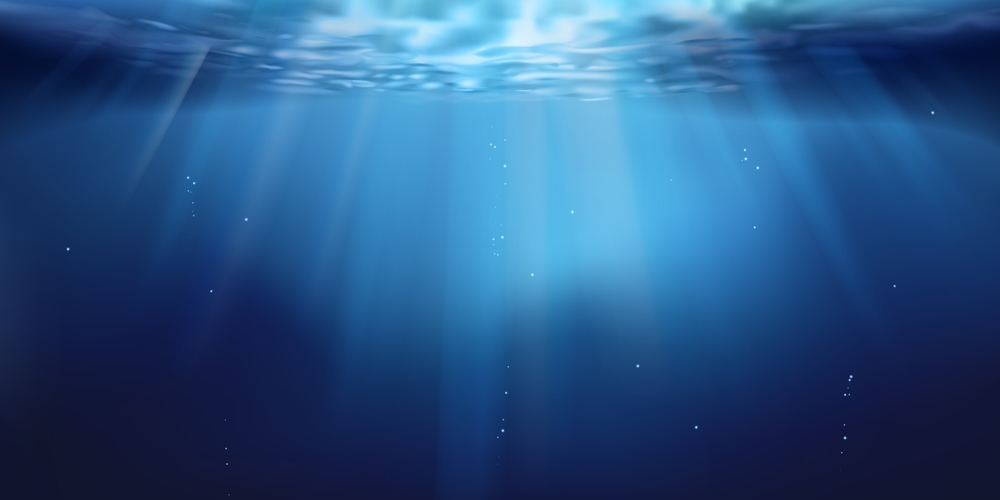
The Schmidt Ocean Institute broadcast the dives live on YouTube, and what was expected to draw a few thousand viewers turned into an unprecedented event. Over the course of three weeks, the expedition attracted more than 17 million views. Classrooms, families, and curious onlookers across Argentina gathered to watch the robotic vehicle glide through coral fields and encounter strange, glowing creatures.
Dr. Martín Brogger, a marine biologist from the National Scientific and Technical Research Council (CONICET), said that the response from the public was overwhelming. “We received hundreds of messages from teachers, children, and parents who were watching every dive,” he said. “Some students even wrote that they now dream of becoming marine biologists.”
For many Argentinians, the expedition became a moment of shared pride. A deep canyon that few had heard of suddenly became a symbol of national wonder. The viral footage reminded viewers that Argentina’s coastline, often overshadowed by its mountains and grasslands, hides one of the planet’s most extraordinary frontiers.
The Strange and Beautiful Residents of the Abyss
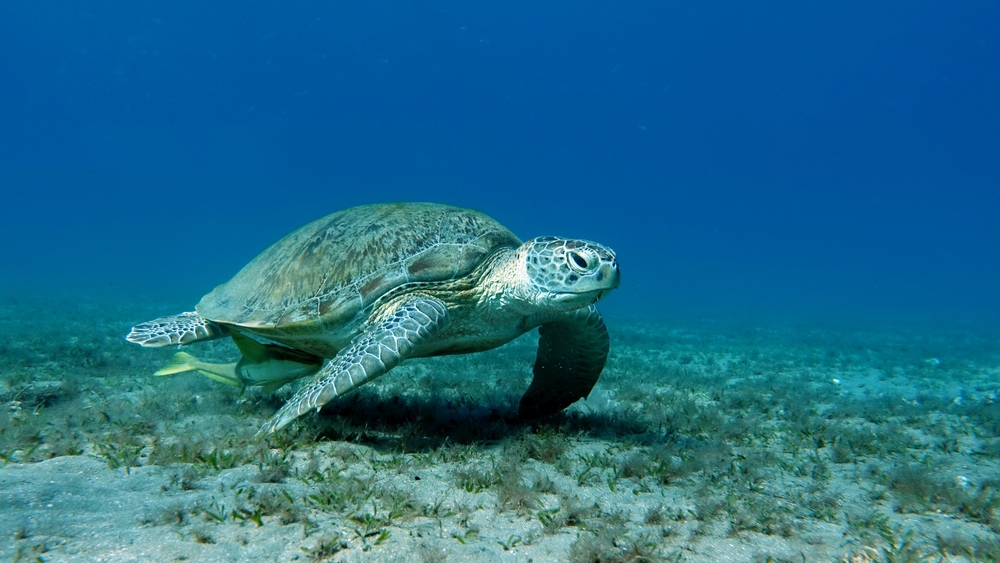
What SuBastian’s cameras revealed was an ecosystem bursting with color and diversity. Among the species observed were mushroom corals forming vast fields at 1,500 meters deep, soft-bodied sea cucumbers drifting like ghosts, and intricate anemones swaying in invisible currents. The pink lobsters, which earned instant fame online, scuttled across the seafloor in small groups, their shells reflecting the lights of the submersible.
Then there was the star of the show: a plump, crimson sea star that bore an uncanny resemblance to Patrick Star from SpongeBob SquarePants. The image of this cheerful creature spread rapidly across social media, turning a niche scientific expedition into a global celebration of marine life.
Scientists estimate that at least forty of the organisms documented may represent species previously unknown to science. These include new varieties of corals, sponges, snails, crinoids, and urchins. Confirming them as entirely new species will take years of detailed work, involving genetic sequencing, microscopic analysis, and comparison with museum specimens. Each confirmed discovery will add a new branch to the tree of life.
The Delicate Art of Confirmation
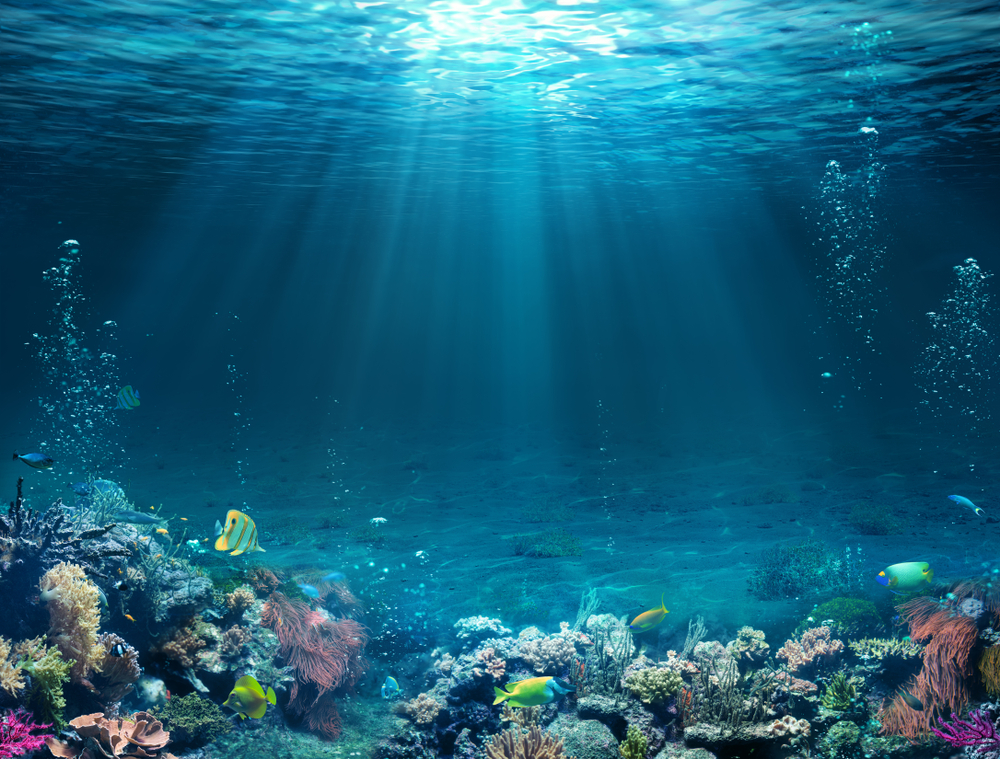
Discovering a strange organism is only the beginning of a scientific journey. To confirm that a species is new, researchers must carefully analyze its anatomy and DNA, comparing it to known species from around the world. This process is slow and exacting, sometimes taking years.
The scientists aboard the Falkor (too) collected small samples using SuBastian’s robotic arms, preserving them for laboratory analysis. Environmental DNA genetic material shed by organisms into the surrounding water was also captured to identify species that the cameras might have missed. By combining visual data with genetic evidence, researchers hope to map the biodiversity of the Mar del Plata Canyon with unprecedented precision.
Dr. Lauretta described this phase as both exciting and humbling. “Every organism we collect tells a story about how life adapts to extreme environments,” he said. “Each one teaches us something about resilience, evolution, and the complexity of our planet.”
Technology That Changed the Game
For decades, the deep sea was explored mainly with nets and dredges that offered only brief, destructive glimpses of life below. The introduction of remotely operated vehicles like SuBastian has revolutionized this field. With its high-definition cameras and gentle sampling tools, SuBastian allows scientists to explore without damaging delicate ecosystems. Its robotic arms can pick up a coral branch as carefully as a human might lift a teacup.
The ROV’s sensors also recorded temperature, salinity, and oxygen levels, helping researchers understand the environmental conditions that sustain these deep communities. Such data is essential for modeling how deep-sea ecosystems respond to climate change and ocean acidification.
Yet amid the beauty, the expedition also uncovered unsettling evidence. Plastic bags floated among the corals, fishing lines were found tangled around sponges, and traces of microplastics appeared in sediment samples. Even in the most remote and extreme environments on Earth, humanity’s footprint was visible. The discovery served as a quiet warning: no part of the ocean is untouched.
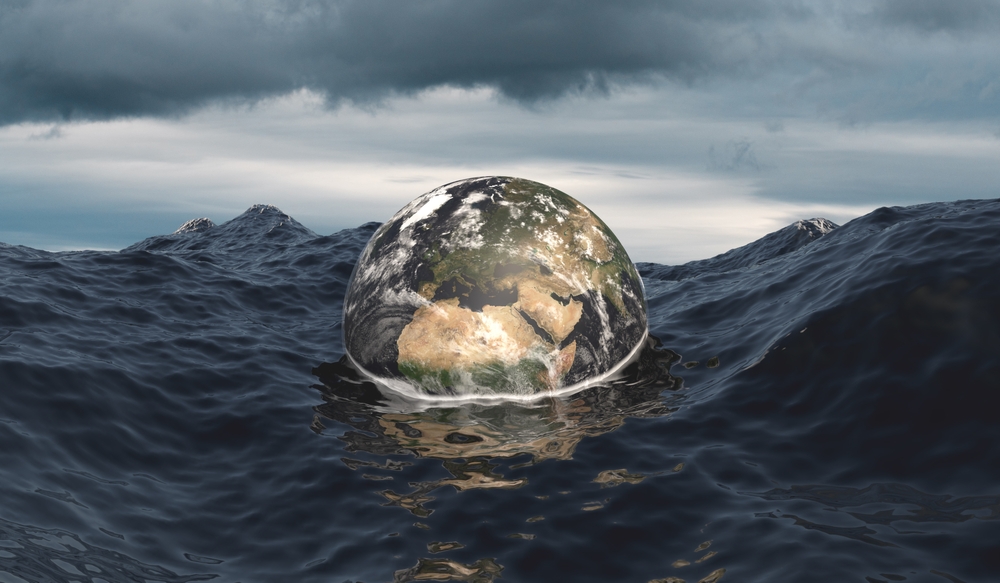
The Canyon as a Climate Laboratory
The unique position of the Mar del Plata Canyon makes it an ideal site for studying the effects of global warming on marine ecosystems. The collision of warm and cold currents creates steep temperature gradients, offering a natural laboratory for observing how species adapt to environmental stress. By tracking changes in the canyon’s biodiversity over time, scientists hope to gain insights into how the broader South Atlantic ecosystem might respond to a changing climate.
Researchers have already noted that deep-sea coral systems are particularly sensitive to changes in oxygen and acidity. As atmospheric carbon dioxide levels rise, more of the gas dissolves into seawater, lowering its pH and threatening the delicate balance that corals depend on. Understanding these dynamics is vital for predicting the future of marine biodiversity not only in Argentina but around the world.
Science Meets Storytelling
The success of the Falkor expedition extended far beyond the laboratory. It became an example of how storytelling and science can work together to inspire global awareness. By livestreaming their dives, the researchers turned what is usually an isolated scientific task into a shared adventure.
Wendy Schmidt, co-founder of the Schmidt Ocean Institute, praised the scientists’ commitment to openness. “When people see the deep sea for themselves, they begin to understand how extraordinary and fragile it is,” she said. “Exploration is not just about data; it is about connection.”
The expedition’s viral success also demonstrated how modern technology can transform the relationship between the public and the natural world. Millions who had never thought about deep-sea ecosystems suddenly found themselves captivated by the sight of a glowing squid or a coral reef a mile beneath the surface. That emotional connection may prove to be one of the most valuable outcomes of the entire mission.
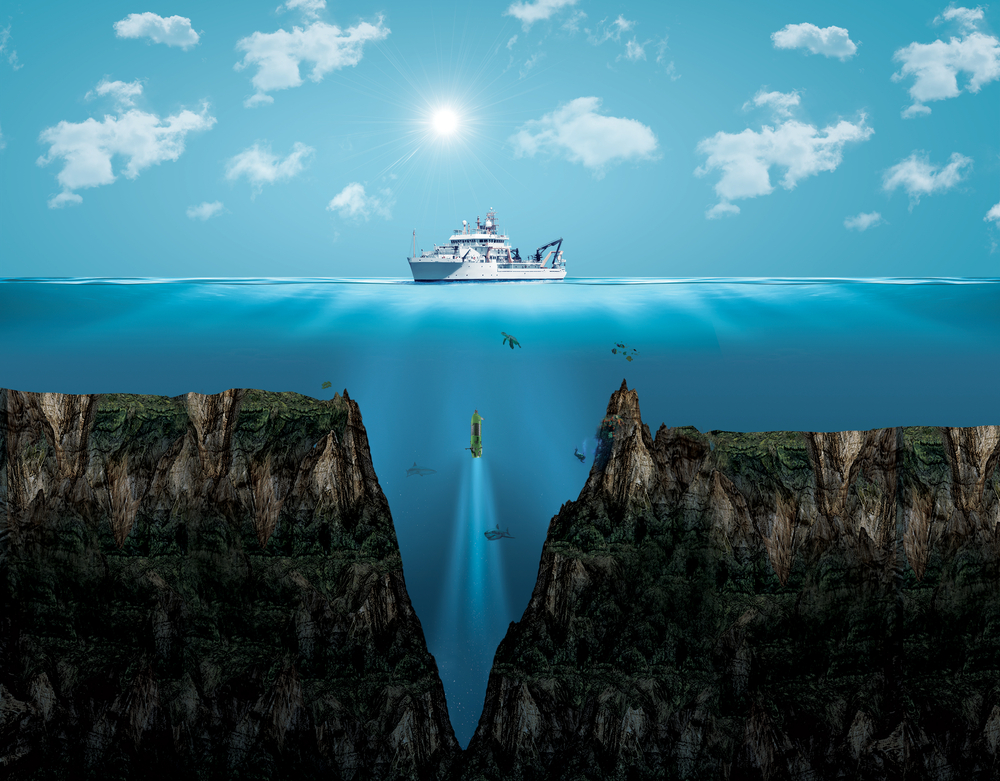
A Call for Protection
As excitement over the discoveries grew, scientists and conservationists stressed that the newfound attention must lead to action. Deep-sea environments like the Mar del Plata Canyon are among the most vulnerable on the planet. Activities such as deep-sea mining, bottom trawling, and pollution threaten to destroy ecosystems that have taken millions of years to evolve.
Many researchers have called for the canyon to be designated as a marine protected area. Such a move would safeguard its unique biodiversity while allowing for continued scientific study. Conservation biologist Jonathan Flores noted that deep-sea canyons are not just habitats but vital parts of the planet’s ecological machinery. “They store carbon, recycle nutrients, and support fisheries,” he said. “Protecting them protects us.”
The debris found during the expedition underscored the urgency. The presence of human waste thousands of meters below the surface is a stark illustration of how interconnected our actions are with even the most remote parts of Earth. Every plastic bag or fishing line that reaches the deep sea tells a story of neglect that scientists hope will not be repeated.
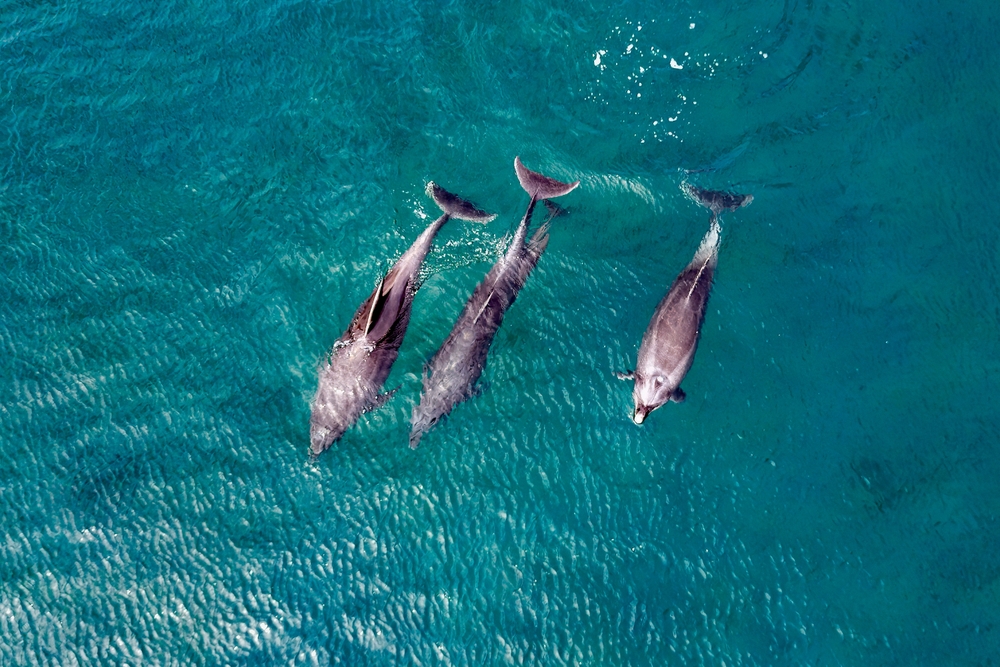
The Deep Sea as a Mirror
The discoveries in the Mar del Plata Canyon arrive at a time when humanity is once again looking outward, sending probes to distant planets and moons. Yet, as several researchers have observed, we know more about the surface of Mars than about our own ocean floor. The deep sea remains one of the last great wildernesses on Earth, full of mystery and meaning.
In recent years, other expeditions have revealed similar wonders. Off Japan, scientists filmed the world’s deepest fish at more than 8,000 meters below the surface. In California’s Monterey Canyon, researchers discovered a strange pink snailfish adapted to crushing pressure. Together, these findings remind us that life’s creativity knows no bounds.
Exploring the deep ocean is not just an act of discovery; it is a meditation on humility. Every new species is a reminder of the planet’s enduring ability to surprise us. Every coral reef in the dark whispers a message about resilience and interconnection.
Reflections From the Abyss
For the scientists who ventured into the canyon, the experience was more than scientific achievement. It was a deeply human encounter with the unknown. Watching an octopus cradle her eggs in the darkness or a coral bloom in slow motion evoked a sense of awe that transcended data and charts.
As Dr. Lauretta reflected, “These creatures live in total darkness, under pressures that would crush a submarine, and yet they thrive. They are proof that life finds a way in even the harshest conditions.”
That insight resonates far beyond marine biology. In an age of environmental uncertainty, the deep sea offers both a warning and a source of hope. It shows us that the natural world is more resilient than we often assume, but also more fragile than we can afford to ignore.
A Shared Responsibility
The Mar del Plata discoveries remind us that exploration comes with responsibility. Each new species is not only a wonder but a duty to protect. The ocean’s mysteries will continue to unfold in the years ahead, but their survival depends on choices made at the surface. Whether we choose to reduce pollution, support conservation, or simply stay curious about the world we inhabit, our collective actions will determine what kind of planet we leave behind.
As the lights of the ROV faded and the Falkor (too) sailed back to port, the ocean closed once more around its secrets. But something fundamental had changed. Millions of people, for the first time, had glimpsed the living tapestry of the deep and felt a connection to a world once thought unreachable.
The discovery of forty new species beneath the American coast is more than a scientific milestone. It is a reminder that wonder still exists in abundance on our planet. And it challenges us to protect that wonder, to keep the abyss alive for generations yet to come.
Loading...

